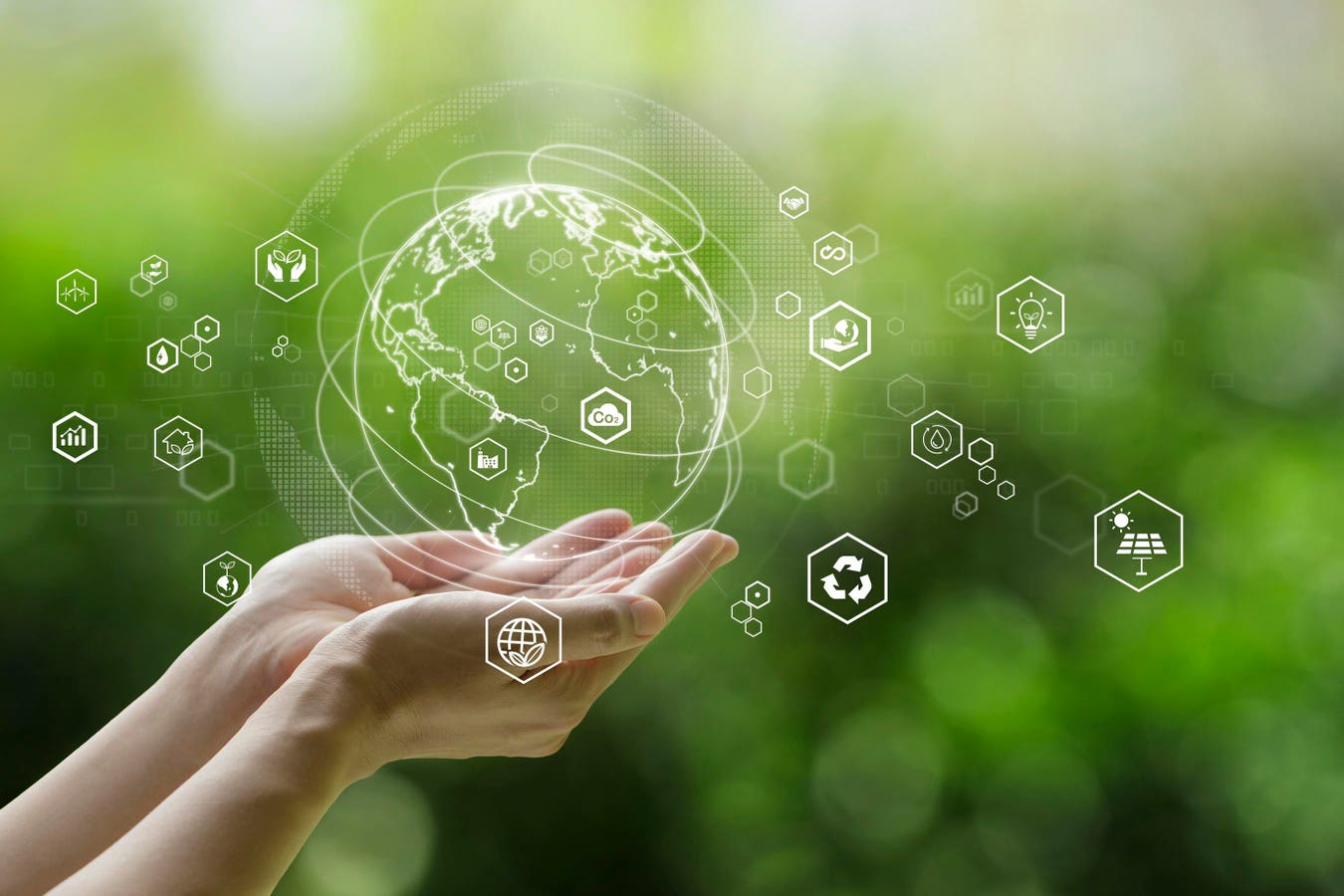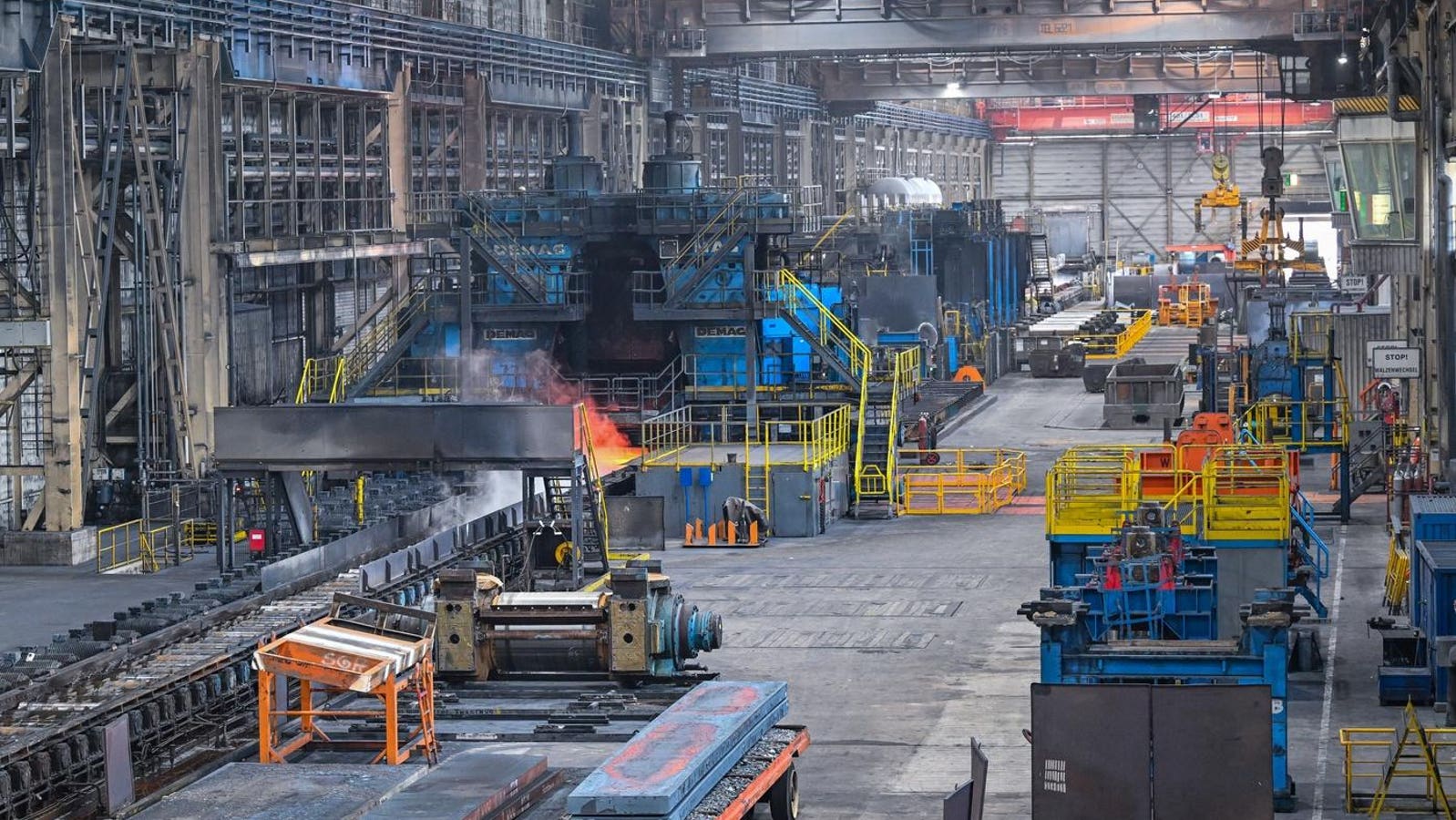Innovations in cloud ERP and AI are uniquely positioned to help businesses navigate complexity, track progress, and turn sustainability from a challenge into a competitive advantage.
getty
Every April, Earth Day arrives in full color – parks buzzing with volunteers, corporate campuses dotted with tree-planting events, and social feeds flooded with stunning shots of mountains, oceans, and forests. It’s a powerful annual reminder of our planet’s beauty and our responsibility to protect it.
I strongly believe sustainability can’t be a once-a-year priority. Fortunately, most of the customers, partner and colleagues I talk to believe the same – sustainability is becoming a business imperative with environmental factors impacting their day-to-day operations.
Deloitte’s 2024 Climate Report paints a clear picture, stating that climate change is now one of the top three priorities for global businesses. A staggering 85% of executives have increased investments in sustainability, and 70% expect climate risks to reshape their strategies within just three years.
To tackle these challenges and foster a greener future, many businesses are turning to technology. Innovations in cloud ERP and AI are uniquely positioned to help businesses navigate complexity, track progress, and turn sustainability from a challenge into a competitive advantage. Through reducing carbon footprints, combatting deforestation, and optimizing resource cycles, the right technology can turn ambition into action.
Carbon Emissions
Reducing carbon emissions is one of the most critical benchmarks for sustainability, and one of the most complex. Emissions are typically categorized into three scopes:
- Scope 1: Direct emissions from owned assets
- Scope 2: Indirect emissions from purchased energy
- Scope 3: All other indirect emissions across the value chain
According to McKinsey, scope 3 emissions have the potential to far exceed scopes 1 and 2 combined, with the World Economic Forum estimating that supply chains alone can comprise 50-70% of a company’s total emissions.
In recent years, tracking these emissions, especially scope 3, has become essential and is increasingly mandated by governmental institutions, such as the EU’s Corporate Sustainability Responsibility Directive. However, a survey by Boston Consulting Group finds that only 10% of companies measure all three emission scopes comprehensively. The same survey finds that these measurements are subject to an error rate up to 30%.
This is where an ERP-centric approach shines. Solutions like SAP Green Ledger integrate emissions data directly into the cloud ERP system alongside financials. This gives companies real-time visibility into the carbon and financial impact of their operations, increasing accuracy so they can forecast, budget, and audit emissions at the transaction level. This turns carbon emission data into strategic insights to boost efficiency, achieve transparency, and transcend regulatory compliance to truly enhance sustainability.
Deforestation
Another major sustainability concern is deforestation – a leading driver of biodiversity loss and rising carbon emissions. Forests act as critical carbon reservoirs, and their destruction not only accelerates climate change but also disrupts ecosystems and communities.
Technology is helping companies tackle this challenge head-on. SAP Green Token uses blockchain-based tokenization and mass balance accounting to track the sustainability of raw materials through complex supply chains. It enables companies to verify the origin of materials and ensure compliance with commitments to combat deforestation.
For example, Unilever used SAP Green Token to trace the journey of palm oil through its intricate supply chain. By tracking, verifying, and reporting the material’s origin in near real-time, they’ve increased transparency and accountability at every stage. This empowers them to work toward their goal of a deforestation-free supply chain, ensuring their sourcing practices protect both people and the planet.
Circular Economy
Circular economies – systems designed to minimize waste and maximize resource reuse – are becoming more and more critical in sustainability efforts. Instead of the traditional linear model of take, make, and dispose, circular economies keep materials in use for as long as possible, reducing environmental impact and creating new value streams.
Using SAP Business Technology Platform, Hilti Group and BCG developed the Circelligence tool, which automates the calculation of circularity scores. This gives Hilti Group clear insights into where they can improve resource efficiency and design for reuse, repair, or recycling.
AI also adds significant potential. AI-driven ESG report generation within SAP Sustainability Control Tower automatically pulls and analyzes data to create reliable, actionable sustainability reports. In addition to streamlining reporting, this also helps companies monitor progress toward circularity goals to make smarter, more sustainable decisions.
Cloud ERP and AI: Our Path Towards a Brighter, Greener Future
As sustainability challenges grow more complex and concerning, companies equipped with cloud ERP and AI are rising to the occasion. From reducing carbon emissions to combatting deforestation and promoting circular economies, these tech solutions are helping businesses turn ambitious sustainability goals into measurable action.
In this way, cloud ERP and AI are offering a path toward a greener, more sustainable future – one where companies thrive while protecting the planet we all share. The choices we make today, powered by innovation, can create a better world for generations to come.








